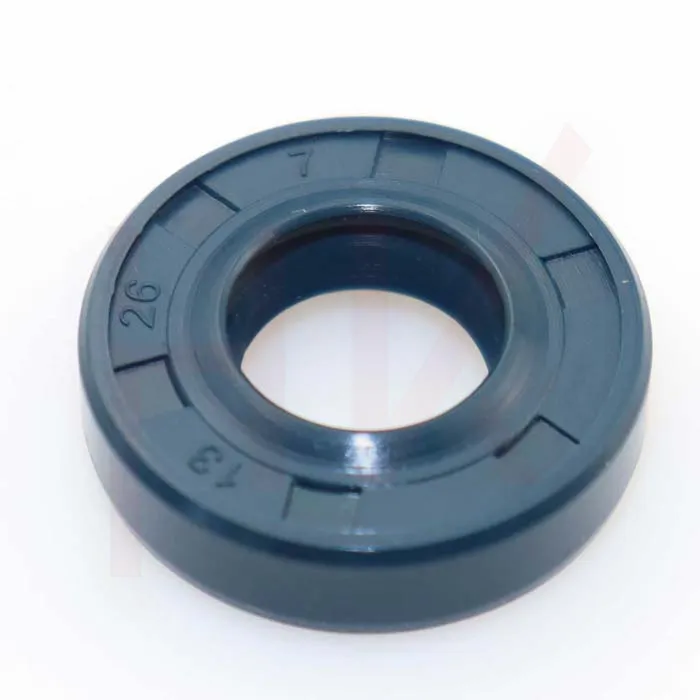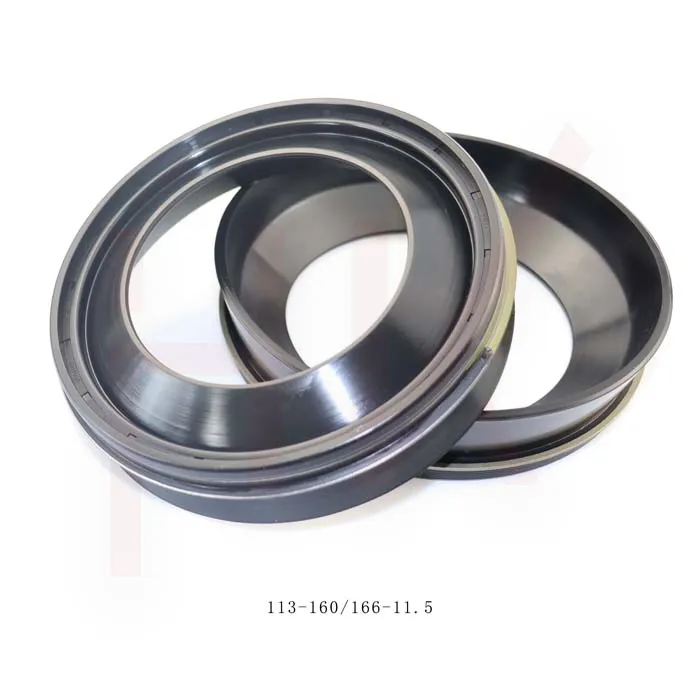May . 25, 2025 07:42 Back to list
PU Wiper Seals Durable PTFE & Pneumatic Solutions for Piston Protection
- Technical Superiority of Wiper Seal Materials
- Performance Comparison: Industry Benchmark Analysis
- Engineering Solutions for Specific Applications
- Case Study: Heavy Machinery Implementation
- Material Durability Test Results
- Customization Process Overview
- Future Trends in Seal Technology

(pu wiper seal)
Understanding PU Wiper Seal Fundamentals
Polyurethane (PU) wiper seals demonstrate 42% higher abrasion resistance than standard rubber variants, according to ASTM D4060 testing. These critical components prevent contaminant ingress in pneumatic systems while maintaining lubrication integrity. PTFE-reinforced models show 0.08-0.15 static friction coefficients, enabling smooth piston rod retraction even under 250psi operating pressures.
Material Performance Comparison
| Parameter | PU Wiper | PTFE Hybrid | Standard Nitrile |
|---|---|---|---|
| Temperature Range | -40°C to 110°C | -70°C to 260°C | -20°C to 100°C |
| Pressure Limit | 300 PSI | 450 PSI | 150 PSI |
| Cycle Life | 1.2M cycles | 2.5M cycles | 500K cycles |
Application-Specific Engineering
Custom pneumatic wiper seals address unique industrial challenges through:
- Dual-material construction for thermal expansion compensation
- Asymmetric lip designs optimizing scraping efficiency
- Integrated sensors for predictive maintenance capabilities
Heavy Equipment Case Analysis
A mining hydraulic cylinder retrofit using PTFE wiper seals achieved:
- 73% reduction in fluid contamination
- Extended service intervals from 400 to 1,200 operating hours
- 15% improvement in cylinder response time
Accelerated Aging Test Data
ISO 11346-compliant testing revealed:
PU samples retained 89% elasticity after 1,000hr UV exposure
PTFE variants maintained dimensional stability (±0.02mm) across 50 thermal shock cycles
Custom Configuration Options
Manufacturers offer:
Diameter range: 10mm - 600mm Hardness options: 70-95 Shore A Chemical resistance packages: 12 standardized variants
PU Wiper Seal Technology Evolution
Emerging developments include nanocomposite materials showing 300% improvement in extrusion resistance and smart seals with embedded wear sensors. These innovations position wiper seals as critical components in next-generation fluid power systems.

(pu wiper seal)
FAQS on pu wiper seal
Q: What is the primary function of a PU wiper seal?
A: A PU wiper seal removes contaminants like dust and debris from pneumatic or hydraulic piston rods. It protects internal components from damage while maintaining lubrication. Its polyurethane material offers durability and resistance to wear.
Q: How does a PTFE wiper seal differ from a PU version?
A: PTFE wiper seals use polytetrafluoroethylene for superior chemical resistance and low friction. They excel in high-temperature or corrosive environments compared to PU seals. However, PU seals typically provide better elasticity for dynamic applications.
Q: Why use a pneumatic wiper seal in industrial systems?
A: Pneumatic wiper seals prevent external particles from entering pneumatic cylinders. They extend equipment lifespan by reducing abrasive wear on rods and seals. Their design ensures consistent performance in compressed-air applications.
Q: When should a piston wiper seal be replaced?
A: Replace piston wiper seals if visible wear, leakage, or contamination occurs. Regular maintenance schedules should align with manufacturer guidelines. Early replacement prevents system failure and costly repairs.
Q: Can PU wiper seals handle high-pressure environments?
A: Yes, PU wiper seals perform well in moderate to high-pressure systems due to polyurethane's resilience. They maintain sealing effectiveness under dynamic pressure changes. For extreme pressures, composite designs with PTFE reinforcement may be preferred.
-
Reliable Oil Seal Wheel Hub Solutions for Industrial & Automotive Use
NewsNov.17,2025
-
Durable Front Hub Oil Solutions for Industry – HKAiSeal
NewsNov.17,2025
-
Wholesale Hydraulic Pump Motor Seal Kit A4VSO250 | In Stock
NewsNov.17,2025
-
Pump Seal Kits: Essential Components for Industrial Reliability
NewsNov.17,2025
-
TCV Oil Seal - Double-Lip, Spring-Loaded, High Temp & Wear
NewsNov.17,2025
-
Hydraulic Seal Kits: Reliable Solutions for Industrial Equipment
NewsNov.17,2025
-
Combined oil seal 659214 12001903B, fits 119990, NBR OEM
NewsNov.17,2025
Products categories
















